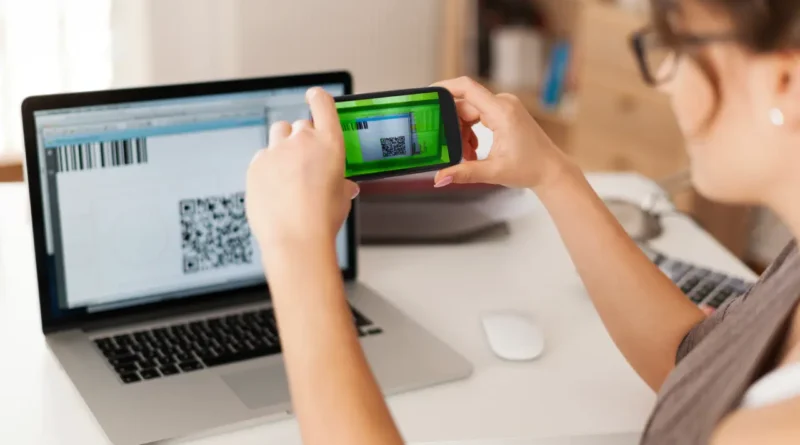Google will stop using SMS-based two-step verification (2FA) for Gmail and replace it with QR codes in order to protect the account better. Google will be using a different approach to store the codes that are used for 2-step verification; this new method will involve scanning the QR code. This is the interim plan to be rolled out for a while. One of the most notable developments in the cybersecurity space, if very soon after, would be the X Tech SMS authentication cutback end.
SMS-based authentication’s fall from grace has long been anticipated and it is expected to be replaced with QR codes. Security experts have coined ”phishing” as a slang term for fraudulent e-mail with a link that directs to a faked Web page that looks like the original. With SIM swapping, which is a type of identity theft that is facilitated by changing a SIM card in a phone, the current technique will be replaced with a new one that Google plans to introduce.
It is reported that a great number of Gmail users now have to scan a QR code instead of receiving an SMS code, as was the case previously. This process is scheduled to be updated in the next few months. Google has primarily directed its security focus towards the expansion of its overall security abilities. SMS-based Two Factor Authentication was similar to X but Google is trying to stay ahead by creating a more complex process of security.
“SMS codes are a source of heightened risk for users. We’re pleased to introduce an innovative new approach to shrink the surface area for attackers and keep users safe from malicious activity,” said Gmail spokesperson Ross Richendrfer.
Google originally introduced SMS-based 2FA in 2011 as an added layer of security. However, attackers have since found ways to exploit the system, using phishing techniques to trick users into revealing their codes or conducting SIM-swapping attacks to gain access to their accounts. By replacing SMS authentication with QR codes, Google aims to prevent such attacks and improve overall account security.
Once the update is rolled out, Gmail users attempting to log in will see a QR code on their screen instead of receiving a six-digit SMS code. They will need to scan the QR code using their smartphone’s camera or Google’s authentication app to verify their identity. This method reduces the risk of man-in-the-middle attacks and phishing attempts, making it significantly harder for cybercriminals to gain unauthorized access to accounts.
Apart from SMS-based authentication, Google also currently allows users to receive login codes via phone calls. However, it remains unclear whether this option will also be discontinued. The company already supports other secure authentication methods, such as Google Authenticator, security keys, and login prompts on a user’s smartphone.
A major advancement in the field of cybersecurity is the implementation of QR code security, which is now Google’s main focus, together with AI security solutions. In another case, Google earlier this year gave us a free AI coding assistant called Gemini Code Assist. The assist showcases a code debugger, code completion, and code modification by using AI; it can be seen going toe to toe with GitHub Copilot even.

